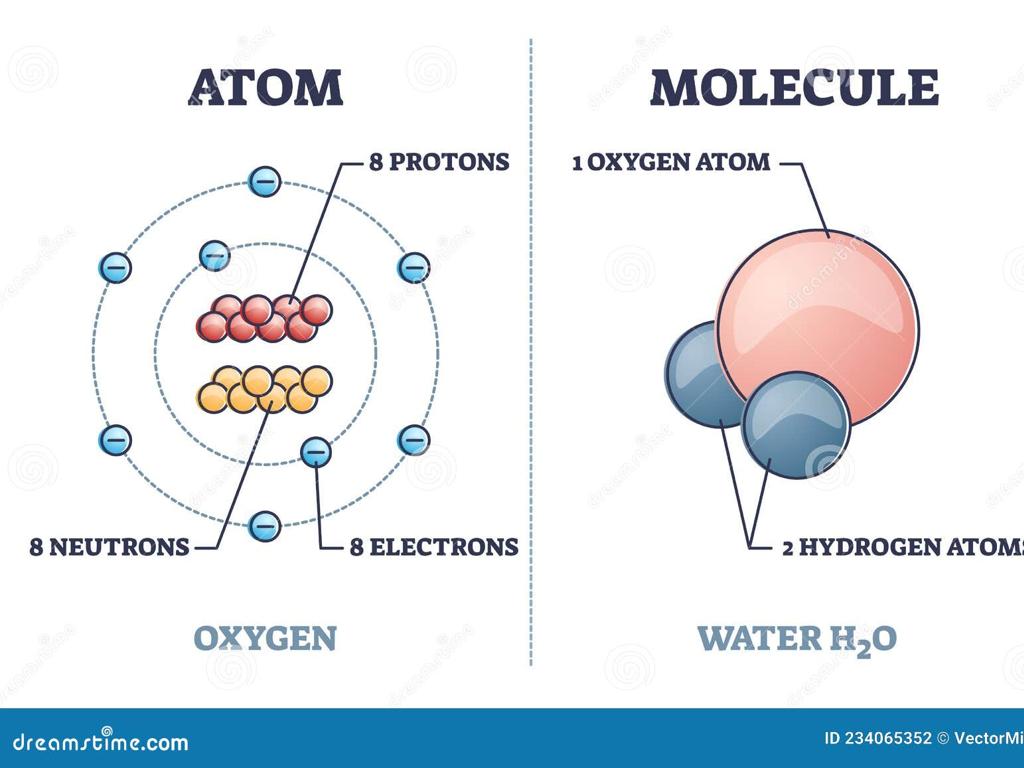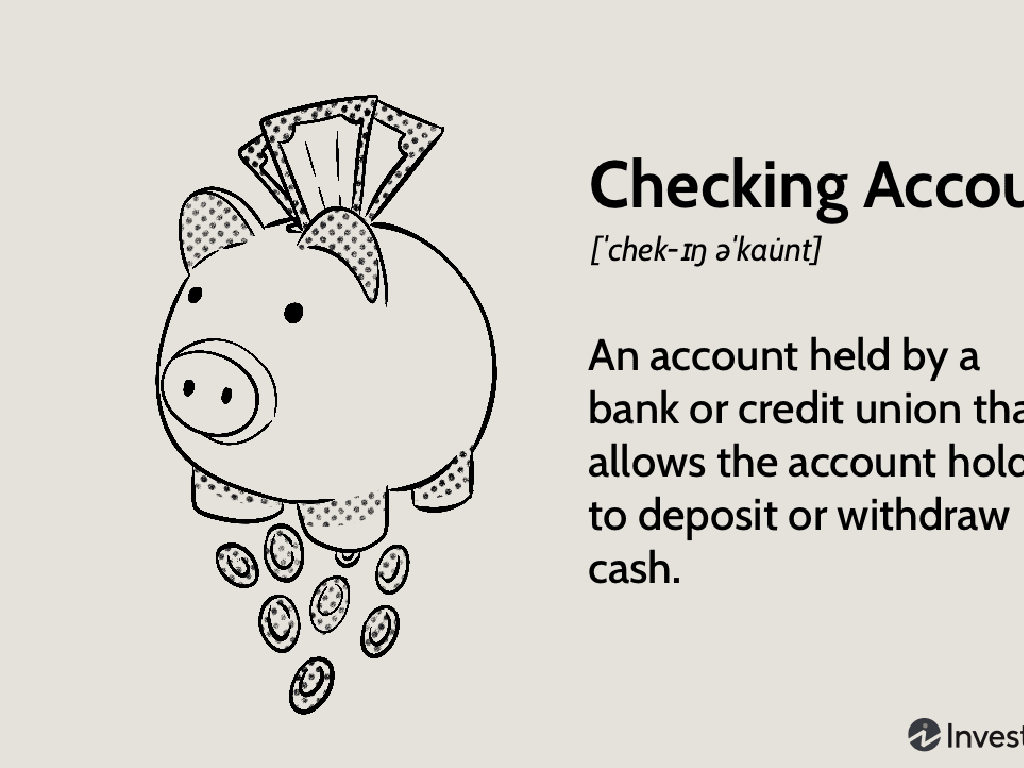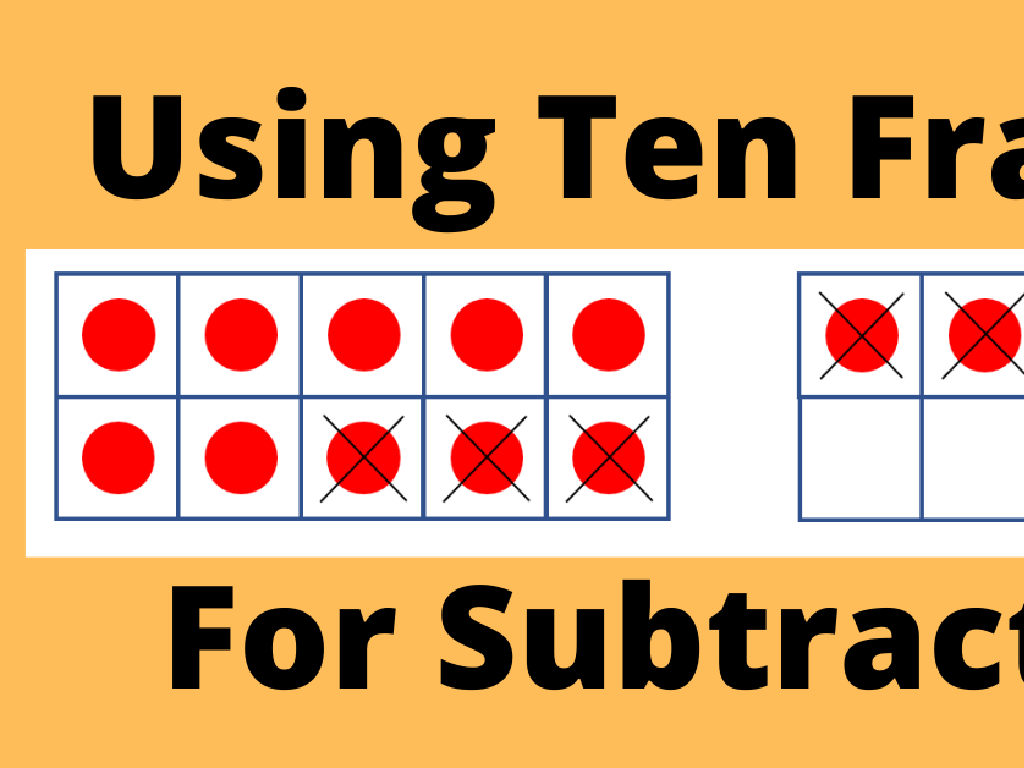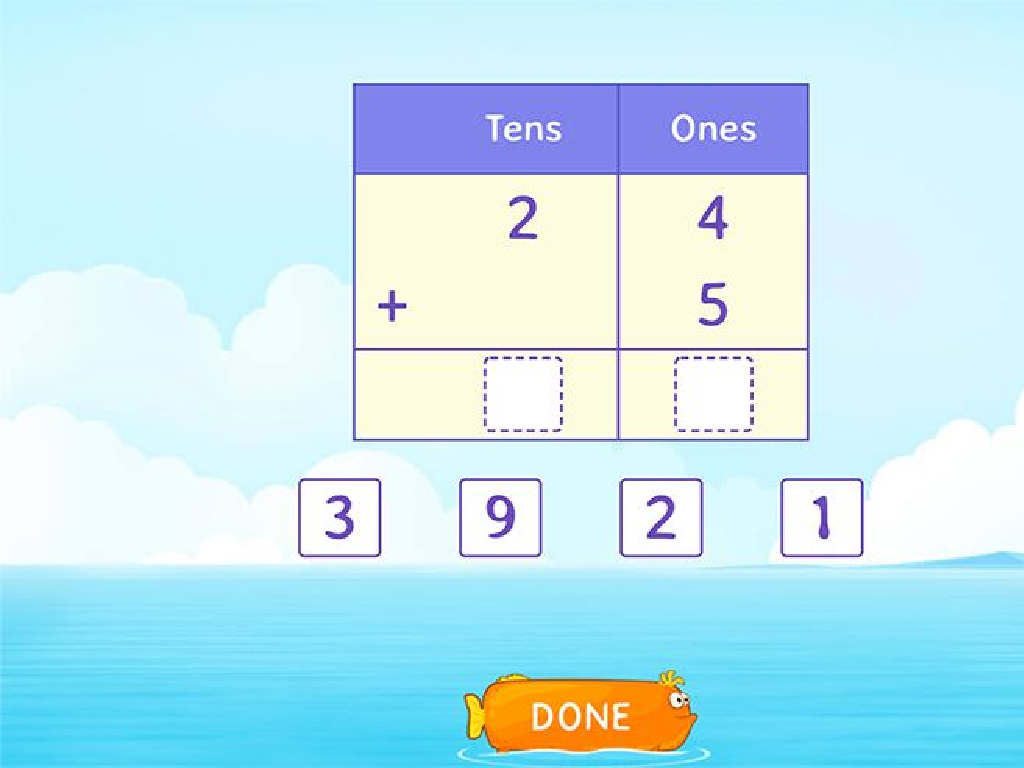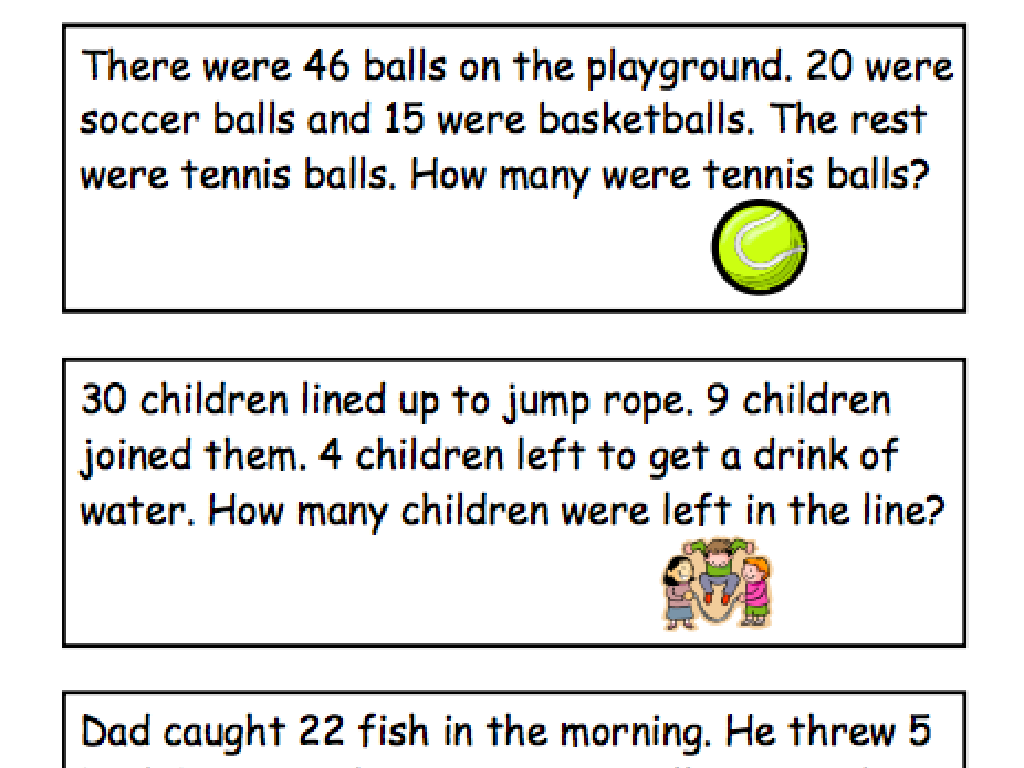Investigate Primary Succession On A Volcanic Island
Subject: Science
Grade: Seventh grade
Topic: Ecological Interactions
Please LOG IN to download the presentation. Access is available to registered users only.
View More Content
Primary Succession on a Volcanic Island
– What is Primary Succession?
– The first colonization of living organisms in a lifeless area.
– Ecological Interactions Overview
– Interactions between organisms and their environment.
– Volcanic Island: A Case Study
– Examining how life emerges on a new island.
– Succession Stages and Species
– From pioneer species to a stable ecosystem.
|
This slide introduces the concept of primary succession, a type of ecological interaction, using a volcanic island as a case study. Primary succession occurs when an area previously void of life, such as a new volcanic island, begins to be colonized by organisms. Start by explaining the basics of ecological interactions, then focus on how life starts and evolves in a barren environment. Discuss the stages of succession, from the arrival of pioneer species like lichens and mosses to the development of a complex, stable ecosystem. Encourage students to think about how each species contributes to preparing the environment for the next stage of succession.
Exploring Ecological Succession
– Define ecological succession
– The process where ecosystems change and develop over time.
– Primary vs. Secondary Succession
– Primary starts on new land with no soil, secondary occurs where soil exists.
– Succession examples in nature
– Volcanic islands show primary succession; forests recovering from fires show secondary.
|
This slide introduces the concept of ecological succession, a fundamental principle in ecology that describes the gradual process of change and development in an ecosystem over time. Emphasize the difference between primary succession, which occurs on newly formed land without any initial soil (like a volcanic island), and secondary succession, which takes place in areas where an ecosystem has been disturbed but soil remains (such as an area after a forest fire). Provide real-life examples to help students visualize and understand the concepts. Encourage them to think of other scenarios where ecological succession might occur and to consider the factors that influence these processes.
Primary Succession on a Volcanic Island
– Primary succession defined
A process starting life on barren land, like after a volcanic eruption.
– Pioneer species introduction
First organisms to colonize, such as lichens and mosses, prepare the soil.
– Beginning of primary succession
Starts with no soil; relies on pioneer species to develop a habitable environment.
– Succession stages overview
|
This slide introduces the concept of primary succession, particularly on a volcanic island, where life starts from scratch on newly formed land. Primary succession is the ecological process of community development that begins in a place without any soil. Students should understand the characteristics of primary succession, including the lack of initial organic soil and the complete rebuilding of an ecosystem. Pioneer species play a crucial role as they are the first to colonize these new lands, creating soil from rock and setting the stage for other species. Emphasize how primary succession is a slow process that can take centuries. Use the volcanic island as a case study to illustrate each stage of succession, from the arrival of pioneer species to the eventual establishment of a complex ecosystem.
Volcanic Islands and Succession
– How volcanic islands form
– Formed by volcanic eruptions, building up layers of lava
– Islands: A blank slate for life
– New islands have no soil or life, a perfect place to study how life begins and ecosystems develop
– Surtsey Island’s ecological succession
– Surtsey, a new island, provides a real example of how species colonize and ecosystems evolve over time
– Observing succession stages
|
This slide introduces the concept of primary succession using volcanic islands as a case study. Begin by explaining the geological process of volcanic island formation, emphasizing the accumulation of lava. Highlight that these new landmasses start devoid of life, making them ideal for studying primary succession. Use Surtsey Island as a concrete example to show how life can emerge and establish itself, starting from lichens and mosses and eventually leading to a complex ecosystem. Encourage students to think about the stages of succession and how each species contributes to the development of the next stage in the ecological community.
Stages of Succession on a Volcanic Island
– Initial stage with pioneer species
– Lichens/mosses are often pioneers on lava.
– Intermediate stage of soil formation
– Soil forms as plants/organisms decompose.
– New species introduction
– With soil, diverse plants/animals arrive.
– Climax stage with a stable ecosystem
– A diverse, balanced ecosystem is established.
|
This slide outlines the process of primary succession on a volcanic island, starting with the arrival of pioneer species such as lichens and mosses that can survive on bare lava. As these organisms live and die, they contribute to the formation of soil, which allows for new species of plants and animals to colonize the area. Over time, this leads to increased biodiversity and the development of a stable ecosystem, known as the climax community. Encourage students to think about how each stage sets the foundation for the next and the factors that might influence the speed and direction of succession.
The Role of Plants and Animals in Succession
– Plants’ role in soil formation
Plants, through decay, create nutrient-rich soil, essential for succession.
– Animals aid in seed dispersal
Animals transport seeds, helping new plants to grow in different areas.
– Interdependence in ecosystems
Plants provide habitat and food; animals pollinate and spread seeds.
– Succession’s collaborative process
|
This slide explores the symbiotic relationships between plants and animals during the process of primary succession on a volcanic island. Initially, the barren land lacks soil; however, as pioneer plants like lichens and mosses grow and decompose, they contribute to the formation of soil. Animals play a crucial role by dispersing seeds, which allows for the spread of various plant species. The interdependence between flora and fauna is crucial for the development of a stable ecosystem. As the succession progresses, a diverse and complex community of plants and animals evolves, each species contributing to the environment’s transformation. Encourage students to think about how each organism depends on others for survival and how this interdependence drives the succession process.
Human Impact on Ecological Succession
– Human interactions with ecosystems
– Activities can disrupt or aid succession
– Conservation’s role in succession
– Efforts to preserve natural succession processes
– Case study: Hawaiian Islands
– How human activity has affected Hawaii’s ecology
– Balancing impact and conservation
|
This slide examines the influence humans have on the process of ecological succession, both positive and negative. Highlight how human activities, such as construction, agriculture, and pollution, can interfere with the natural progression of succession. Discuss conservation efforts aimed at protecting and preserving natural habitats to allow succession to occur unimpeded. Use the Hawaiian Islands as a case study to illustrate the real-world impact of human interaction on ecological succession, considering both the challenges and the efforts made to mitigate human impact. Encourage students to think critically about how their actions can affect the environment and the importance of conservation work.
Class Activity: Simulating Primary Succession
– Construct a mini ecosystem model
– Predict succession stages
– What organisms appear first? What comes next?
– Document each stage’s characteristics
– Note changes in species, soil quality, and plant types
– Present your ecosystem in class
|
This activity is designed to help students understand primary succession by creating a model of a miniature ecosystem. Provide students with materials like soil, rocks, and seeds to simulate a volcanic island. They should predict the order of species colonization and the stages of ecological development. As the model progresses, students will observe and note the changes in species diversity, soil composition, and plant growth. Encourage creativity in their models and ensure they understand the concept of primary succession. For the presentation, students should explain the succession process observed in their ecosystem, discussing the pioneer species, intermediate stages, and climax community. Offer several activity variations, such as using different plant seeds or introducing insects, to see how these factors affect succession.
Recap: Primary Succession on Volcanic Islands
– Review of primary succession stages
– From bare rock to a thriving ecosystem, step by step
– Succession’s role in ecosystems
– Succession maintains balance and supports biodiversity
– Reflect on volcanic island succession
– How does succession start on a new island? What are the stages?
– Open floor for Q&A session
|
This slide aims to summarize the key points of primary succession, particularly on volcanic islands, and its significance in maintaining ecological balance. Start by reviewing the stages of primary succession, from the initial colonization of pioneer species to the establishment of a complex ecosystem. Emphasize the importance of ecological succession in supporting biodiversity and the natural development of habitats. Encourage students to think about the unique conditions of a volcanic island and how life begins and evolves in such an environment. Conclude with a Q&A session to address any uncertainties and to reinforce the students’ understanding of the topic. Prepare to answer questions on the specifics of species involved, the timeline of succession, and the factors influencing these ecological processes.

